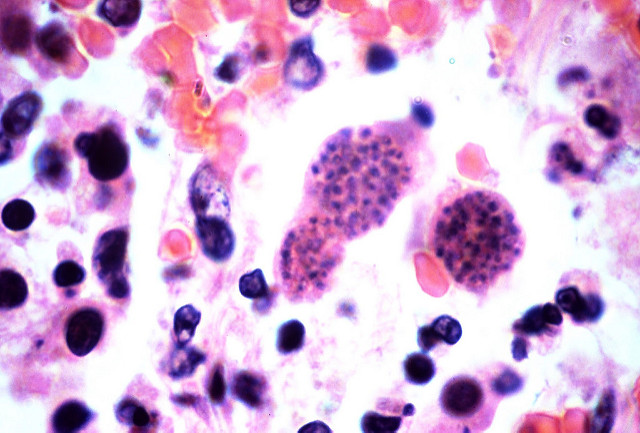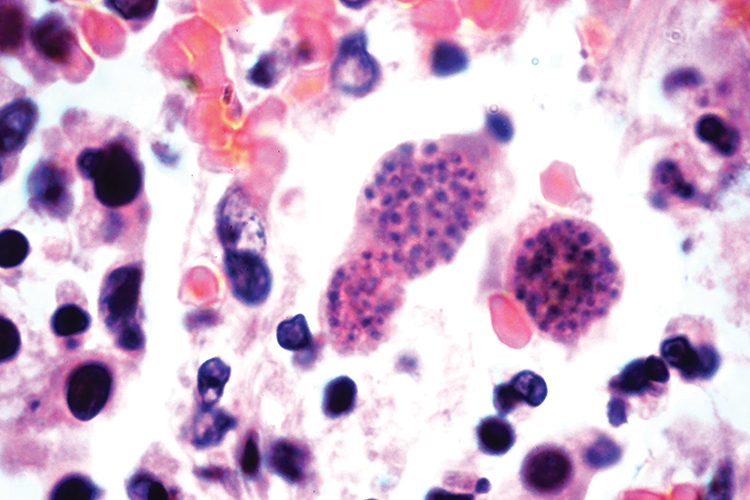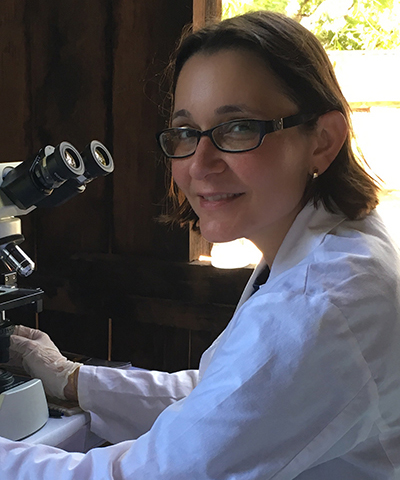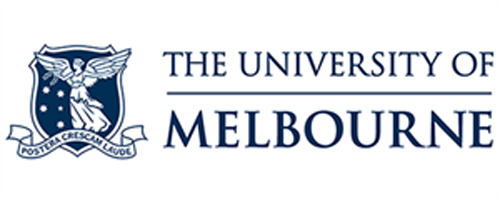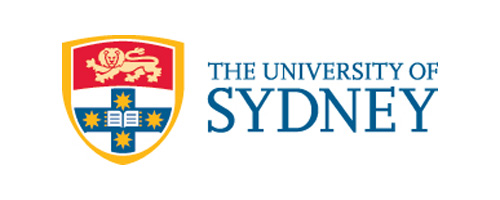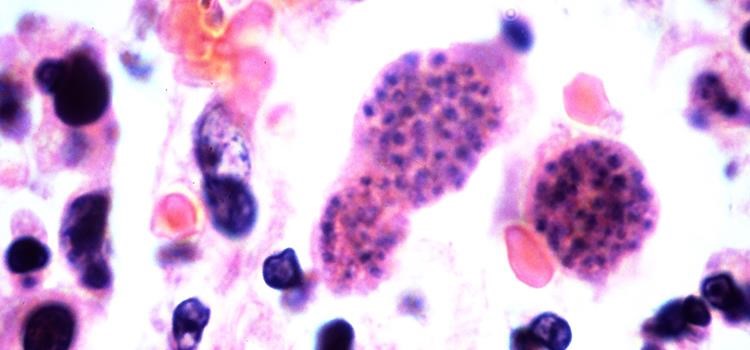
Research in Brief
Toxoplasmosis was introduced to Australia by cats, who also continue to spread the disease. It is known that the disease affects Australian mammals, and that many Australian mammals are suffering dramatic declines. It is completely unknown, however, whether toxoplasmosis is contributing to these declines and how it compares to other threats.
This project will use field sampling, molecular work, lab experiments, and modelling to determine the impact of toxoplasmosis and its role in driving mammal declines across Australia. Understanding the impact of toxoplasmosis and particular strains to susceptible mammals species will contribute to recovery planning for these species. Knowledge of strain virulence can also be used to develop disease management strategies that reduce disease impacts. 
Cats are the primary host of toxoplasmosis. Photo: Parks Australia
Why is the research needed?
Mammal declines in Australia are very significant. While several introduced diseases are known to affect Australia’s placental mammals and marsupials the role of disease in the declines has been largely overlooked. A likely disease candidate is toxoplasmosis, which is caused by Toxoplasma gondii. In placental mammals, toxoplasmosis is known to have a range of effects which impact on survival probability and thus population viability, such as male-biased sex ratios, increased risk-taking, and attraction to cat odours.
The disease’s only primary host, cats, are ubiquitous on the mainland. Predation by feral cats is a significant and direct threat for many native species. Feral cats may also have a significant indirect impact on mammal declines by transmitting toxoplasmosis.
While the prevalence of Toxoplasma and clinical symptoms in declining populations are often reported, this does not establish its role in the decline. We need first to understand the pathogen’s effects on host fecundity and/or survival, the flow on effects of these to the population dynamics and, ideally, to demonstrate a correlation between arrival of the pathogen (or particular strains of the pathogen) and decline of the affected species.
How will the research help?
This research will address the continued decline of native mammals, by investigating the role of toxoplasmosis in the declines. It will:
- Determine the toxoplasmosis strains across Australia
- Compare the timing of historical and contemporary mammal declines with exposure to particular disease strains
- Determining how the strains effect a select representative of native mammals, whether the disease directly kills or affects behaviour, survival rates, fecundity or other aspects of life history
By developing our understanding of the impact of toxoplasmosis, this project will be able to generate and assess new management options for mitigating the impact of disease on Australian mammals. The key outcome will be to provide policy relevant guidelines on the disease for managers. 
Many Australian mammals like this brush-tailed rabbit-rat have suffered servere declines. Could toxoplasmosis be playing a role in the declines? Photo: Hugh Davies
What research activities are being undertaken?
Using an innovative combination of molecular work, laboratory experiments, and population modelling, this project will quantify the effects of toxoplasmosis and generate new insight into the role of the disease in native mammal declines.
A survey of the diversity of toxoplasmosis across Australia is being undertaken using samples taken from its primary host (cats) in key localities. This will help build a picture of which strains are present in Australia. By comparing sites with and without mammal decline, we can determine whether particular strains are associated with declines.
Further, this will provide us with decline correlates and also allow us to address the possibility of genetic translocation (i.e., introducing less virulent strains) as a potential tool to halt and reverse population declines.
The project will explore how the different strains of Toxoplasma gondii alter the fitness of native mammal species, including its subtle effects on fecundity and behaviour.
Who is involved?
The project is being led by the University of Melbourne who are collaborating with the University of Sydney. The project team are working with Indigenous ranger groups and other partners from key localities across Australia to collect feral cat samples.
Where is the research happening?
Samples are being collected from across Australia. Laboratory and experimental working is being undertaken in Melbourne.
When is the research happening?
The project will run from 2016 to 2021.
Further Information
For more information contact:
Dr Ben Phillips - phillipsb@unimelb.edu.au
Top image: Toxoplasmosis is a disease that was introduced to Australia by cats and affects Australian mammals. Photo: Yale Rosen Flickr CC BY-SA 2.0
